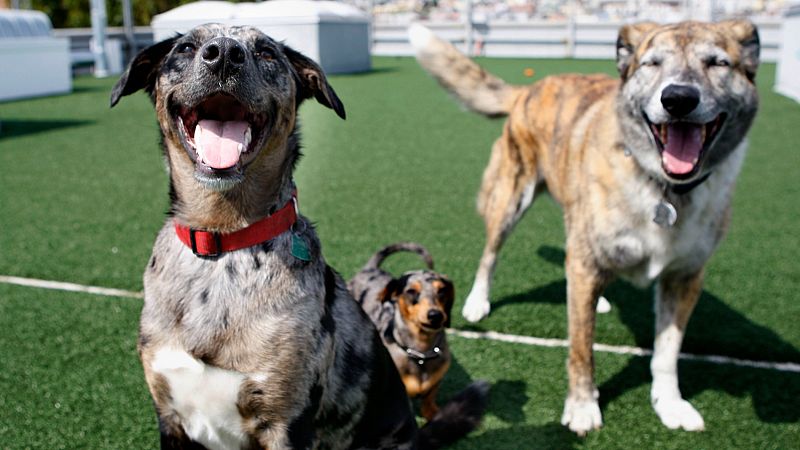Rising vet costs and abandonment are putting Europe’s pets at risk

Prices for veterinary services in Europe have risen sharply in recent years, far outpacing overall inflation.
According to Eurostat’s harmonised index of consumer prices (HICP), the cost of vet care and related services is up more than 30% in the eurozone area and almost 37% across the EU since 2015.
This means that costs for veterinary services grew faster than overall EU inflation, which grew only 30% during the same period, showing that pet-related costs are growing faster than the cost of living.
A pet checkup or treatment today costs about a third more compared to a decade ago.
For many households, this makes the rising cost of looking after pets an increasingly difficult burden.
Central and Eastern Europe hit harder
Of the countries with available data, Hungary and Poland marked the sharpest rise, with costs increasing by a whopping 116% in Hungary and 85% in Poland since the consumer price index baseline was set in 2015.
Slovakia and Bulgaria are next on the list, with the costs increasing by 84% and 64% respectively.
One of the main reasons for the jump in household total pet care prices is the fact that the market boomed during and after the pandemic as people bought animals in record numbers.
According to the European Pet Industry Federation (FEDIAF), 139 million or 49% of households own a pet in Europe, with dogs and cats being the most popular companions.
In the UK, FEDIAF estimates there are 11.7 million dogs kept as household pets, with Germany and Spain trailing close behind at 10.5 and 9.5 million, respectively.
In terms of cats, Germany tops the list with 15.7 million cats kept as household pets, with France coming in second at 14.9 million.
Italy and Turkey have the largest number of ornamental birds kept as pets, with around 12.9 million birds being kept in as pets in Italy and 11.8 million in Turkey.
Pet food monopolies and vet clinic corporations
A study published in the Veterinary Sciences journal in 2024 finds that the "corporatisation of veterinary care" is reshaping companion animal services across Europe.
Survey data shows that 16% of veterinarians now work in corporate-owned practices, compared to 51% in independent clinics, highlighting a growing shift in the sector.
The trend is particularly pronounced among younger professionals. According to the authors, “43% of respondents under 35 years of age and 57% under 40 years” were employed in corporate settings, suggesting generational change in the profession.
While corporatisation can bring benefits such as “structured career pathways and economies of scale”, the study warns of mounting concerns overpricing, reduced autonomy for veterinarians and competition risks, which have already prompted scrutiny from regulators such as the UK’s Competition and Markets Authority.
Abandonment rates spike in European nations
The German Animal Welfare Federation conducted a country-wide survey of animal shelters, which reported that 69% of shelters are working at capacity, while 49% are full or even overcrowded. Only 18% still have the capacity to take in animals.
According to the group, the major trend of animal abandonment is linked to the COVID-19 pet-adoption boom. During lockdowns, more people took in pets to alleviate loneliness and to spend more time outdoors.
"The number of people wanting to get rid of their animals seems to be higher than ever before. The animal shelters are overloaded and can no longer take care of every animal in need,” said Thomas Schroeder, head of the German Animal Welfare Federation.
In Spain, there are hundreds of thousands of dogs abandoned each year, with Spanish news outlets claiming that around 300,000 dogs were abandoned in 2024, despite chipping and sterilisation rules.
In France, it is estimated that between 100,000 and 200,000 pets are abandoned each year.
Today

